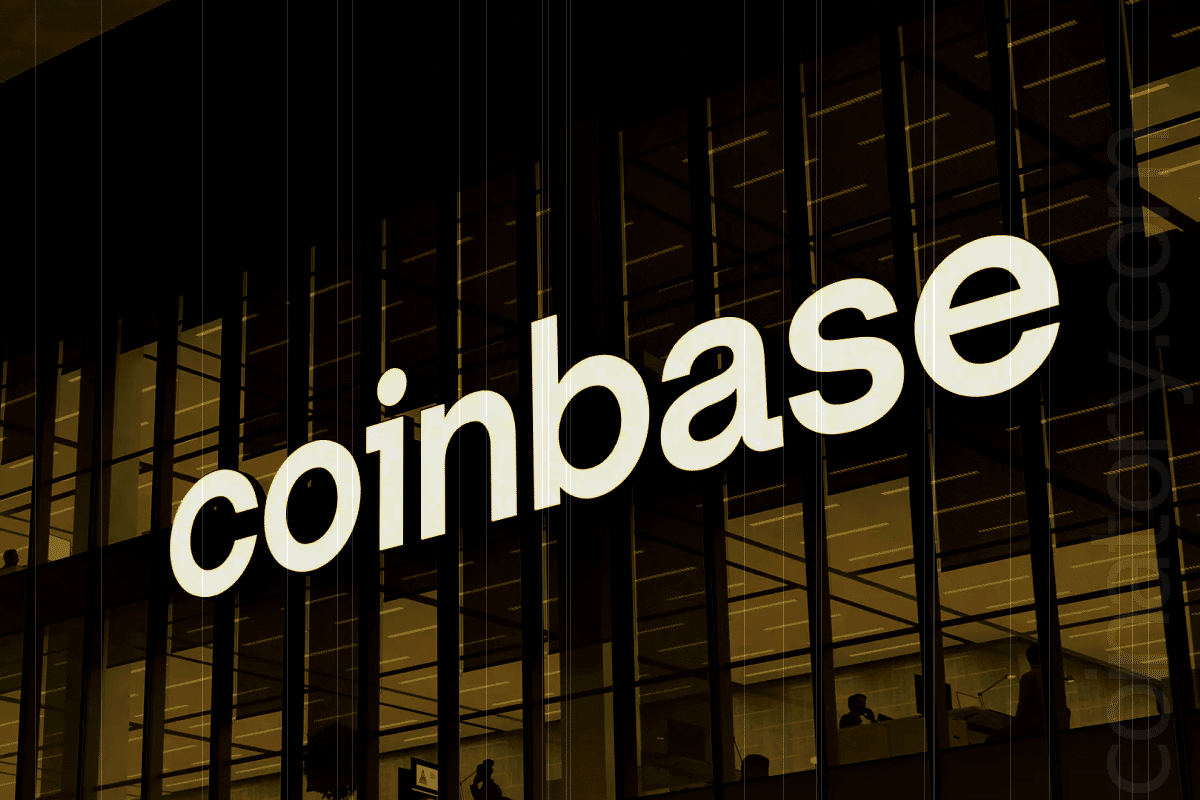
Coinbase Derivatives LLC has formally filed with the U.S. Commodity Futures Trading Commission (CFTC) to launch futures contracts for Ripple’s XRP token. The self-certification, submitted on April 3 under CFTC Rule 40.2(a), outlines plans to introduce a new cash-settled monthly futures product scheduled to go live on April 21, pending regulatory clearance.
Trading under the symbol XRL, each contract will represent 10,000 XRP—equivalent to approximately $20,000, assuming XRP maintains its current valuation near $2.00. Coinbase Institutional, the exchange’s platform geared toward professional and institutional clients, announced the product as a “regulated, capital-efficient way to gain exposure” to one of the crypto market’s most liquid assets.
According to the filing, three monthly contracts will be available at any given time. These contracts will be margined and settled in U.S. dollars, with trading hours spanning from 5:00 p.m. to 4:00 p.m. Central Time, Sunday through Friday. A mandatory one-hour break will occur daily from 4:00 to 5:00 p.m. CT. Settlement pricing will be based on the MarketVector Coinbase XRP Benchmark Index, an hourly reference rate derived from volume-weighted median prices on Coinbase’s own spot market.
Coinbase emphasized its consultation with Futures Commission Merchants and other market participants, all of whom expressed support for the addition of XRP futures to its derivatives suite. This move follows the recent debut of CFTC-regulated XRP futures by Bitnomial, indicating growing institutional interest in the asset.
Market response to the announcement was muted, with XRP prices remaining largely unchanged. This may reflect the asset’s long-standing availability on global derivatives platforms such as Binance, OKX, Bybit, and BitMEX.
Separately, Coinbase continues to grapple with industry-wide challenges. Its stock (NASDAQ: COIN) fell 33% in Q1 2025, marking the platform’s worst quarterly performance since the FTX collapse in 2022. The decline highlights broader sectoral weaknesses, including reduced trading volumes and investor caution.







